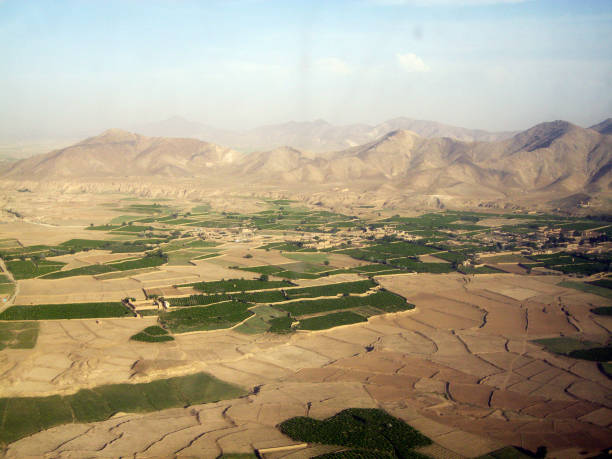In 2022 and 2023 alone, Afghanistan experienced numerous natural disasters that put the struggling nation in a very vulnerable state. In June 2022, there was a series of devastating earthquakes that cost over 1,000 lives, continuous heavy rains, and flash floods in several eastern, central, southern, and western provinces in August 2022. According to Al Jazeera, these floods resulted in the displacement of at least 8,000 people on average, left over 3,000 houses uninhabitable, and killed more than 180 Afghan people.
In this case, the UN Office for the Coordination of Humanitarian Affairs (OCHA) has noted that the most affected provinces included Kunar, Laghman, Logar, Wardak, Nangarhar, Nuristan, Paktia, and Parwan provinces. Adding to this the areas are already experiencing long-term drought, which only worsens the national agricultural potential and hunger levels.
Adding to this is the economic and political uncertainty occasioned by the recent takeover of power by the Taliban in August 2021. International sanctions especially in banking have locked Afghanistan out of the international financial market thus crippling reconstruction and denying humanitarian assistance.
The aftermath of the floods was characterized by the Taliban government seeking help from the international community. Mullah Sharafuddin Muslim, the deputy minister of state for disaster management also pointed out that many lives and properties had been lost. The United Nations and other countries have come in with relief items; however, the level of destruction requires a consistent and collective approach.
Natural disasters in Afghanistan, therefore, require freedom of humanitarian access, a clear long-term reconstruction framework for flood control and infrastructure, implementation of sustainable agriculture, and utilization of aid by the Taliban government and the international community.






